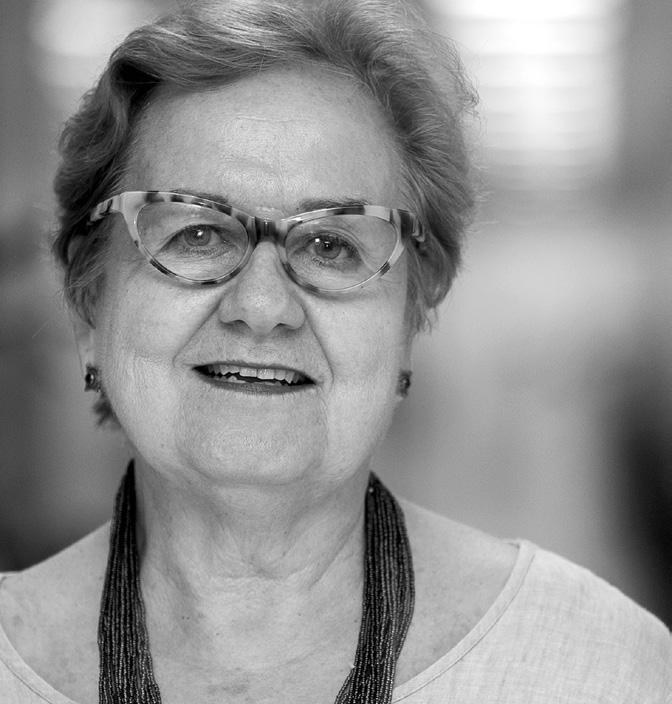
2 minute read
BACKGROUND AND METHODS
INTRODUCTION
Hurricanes Irma and María devastated Puerto Rico in September 2017, exacerbating the already critical economic condition of the island. It caused over 4,600 deaths,1 monetary damages estimated at $138 billion,2 and destroyed and damaged over 320,000 homes.3 Communications and electric infrastructure were obliterated, and water supply was severely impaired. Over 200,000 Puerto Ricans fled to the United States mainland4 in search of safe housing and jobs.
The philanthropic response to Puerto Rico’s devastation was unprecedented. Never in our lifetimes had so many people from all over the world given so much to Puerto Rico. National foundations, largely absent from the island for the past two decades, arrived in force. Numerous new funds were created locally, by people of Puerto Rican descent living outside of the island5 , and national nonprofits to support relief efforts. Local grantmakers developed expedited grants processes to support effective community-based groups. La Red’s own FORWARD Puerto Rico Fund provided a vehicle for national funders and individuals to partner with local foundations to support key nonprofit groups on the island. Other funds were created to tap into a variety of networks seeking to help Puerto Ricans. Tons of goods were shipped and flown in by an immense variety of groups; volunteers were too many and dispersed to count. And millions in philanthropic dollars were sent to Puerto Rico’s people and organizations to help buy essential goods during the emergency, rebuild homes, provide energy alternatives, support direct services to the most vulnerable groups, and focus on recovery and rebuilding.
The hurricanes left our island and our lives in a maelstrom. We are still making sense of all that we endured and learned. The purpose of this study of private philanthropy following the 2017 hurricanes is to reflect on what we experienced and draw meaning and lessons that can serve us in the long rebuilding process, and others who may have the misfortune of experiencing such a destructive event.
We will never be able to calculate how much private aid came to Puerto Rico, but we observed particular giving trends. Among them were the activation of the Puerto Rican diaspora, the pervasiveness of crowdfunding mechanisms, the return of national foundations that had long been absent from the island, the surge in individual giving, and the arrival of philanthropic entities that were new to the island. This study helps us examine these and other trends by gathering information directly from key players in the philanthropic response for Puerto Rico. We trust that you will find their insights as interesting and valuable as we have.
Janice Petrovich, EdD Executive Director, Red de Fundaciones de Puerto Rico
1 https://www.washingtonpost.com/national/harvard-study-estimates-thousands-died-in-puerto-rico-due-to-hurricanemaria/2018/05/29/1a82503a-6070-11e8-a4a4-c070ef53f315_story.html?noredirect=on&utm_term=.656dea90356a 2 https://www.usatoday.com/story/news/2018/12/04/hurricane-maria-economic-impact-puerto-rico/2209231002/. https://www.npr org/2018/08/09/637230089/puerto-rico-estimates-it-will-cost-139-billion-to-fully-recover-from-hurricane-m 3 https://centropr.hunter.cuny.edu/sites/default/files/data_briefs/HousingPuertoRico.pdf 4 https://www.elnuevodia.com/english/english/nota/nearly200000emigratedaftermaria-2448885/ 5 The term diaspora is used in this study to encompass people of Puerto Rican heritage living outside of Puerto Rico.



